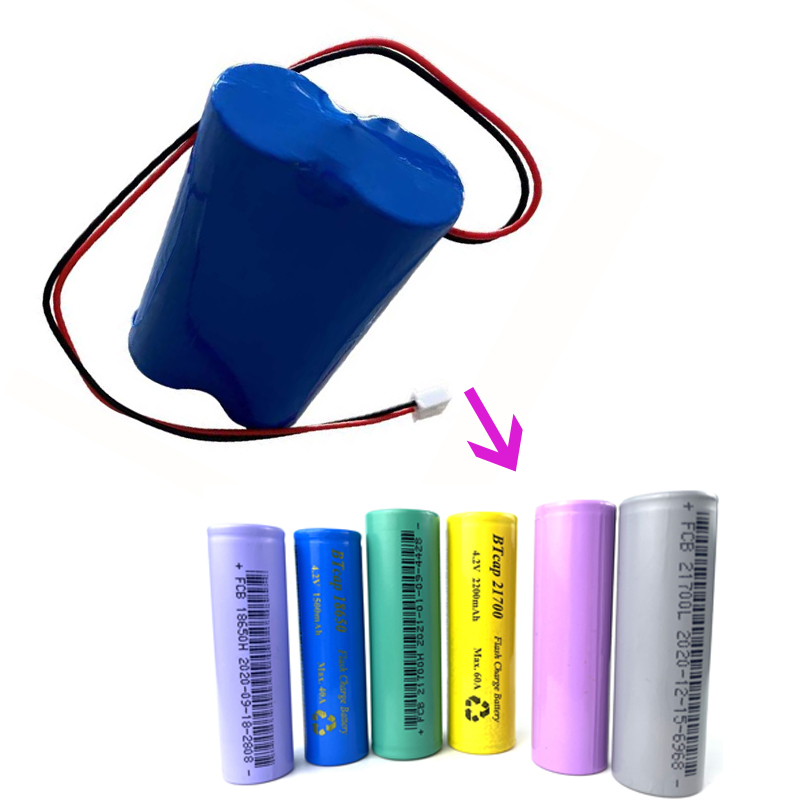Consulting phone:
135-3037-2041
(Mr.Wang)
Product introduction:
Ultrafast charging capacitor module is a new type of energy storage component with fast charging and discharging capability and long service life. It can withstand millions of times of irregular current impact (charging). It is widely used in various high power demands and power because this supercapacitor can be repeatedly charged and discharged hundreds of thousands of times
main parameter
serial number | characteristic | Numerical value |
1 | Application scenarios | Railway monitoring equipment |
2 | Rated voltage (V) | 3.35 |
3 | capacity | 3000mAh |
4 | voltage range | 3.0V~4.2V |
5 | Nominal current | 3A |
6 | energy | 10wh |
7 | Operating temperature range | -40 ℃ ~85 ℃ |
8 | Protection board | 1S |
9 | Charging unit protection | 4.25V |
10 | Charge and discharge unit protection | 3V |
11 | Overcurrent Protection | 10A |
12 | output line | 22awg wire length 30cm XH2.54-3 |
13 | volume | 74mm*44mm*23mm |
14 | weight | 126 |

Purpose/Application:
In emerging industrial technology fields such as high-end intelligent machine tools, solar power generation, and wind power generation, the demand for instantaneous power supply is very urgent, and the backup power supply is required to respond quickly in the range of milliseconds or even microseconds to complete data storage and transmission. by means of Lithium Ion Capacitors Or the fast response, long life, high safety and other characteristics of ultra-fast rechargeable batteries.
![1669077949224500.jpg 9KNWP1HKPP)MWOMO9}A%K]U.jpg](/data/upload/202211/1669077949224500.jpg)
Precautions:
1. Use
1. The operating temperature of lithium-ion capacitors should not exceed the upper or lower limit of the rated temperature (-20 degrees to +55 degrees)
2. Lithium-ion capacitors should be used at nominal voltage. At the same time, in order to prolong the service life of the product, it is recommended that the monomer be used within the range of "rated voltage" (2.5v-3.8v).
3. Please confirm the polarity of lithium-ion capacitors before use, and avoid reverse connection.
4. The external ambient temperature has a heavy impact on the life of lithium-ion capacitors, please keep away from heat sources.
5. Do not directly touch water, oil, acid or alkali for lithium ion capacitors.
6. Do not knead, nail, or disassemble Li-ion capacitors.
7. Do not discard lithium-ion capacitors at will. When discarding, please dispose of them in accordance with national environmental protection standards.
2. Storage
1. During the transportation of lithium-ion capacitors, avoid violent vibration, kneading, rain and chemical corrosion, and handle with care.
2. Lithium-ion capacitors should not be placed in places with a relative humidity of more than 85% or containing toxic gases. In such an environment, the leads and casings are susceptible to moisture and corrosion, resulting in an open circuit of the ultra-fast rechargeable battery.
3. If the lithium-ion capacitor needs to be stored for a long time, please store it in a place with a temperature of -40~35 degrees, a relative humidity below 50%, and good ventilation.